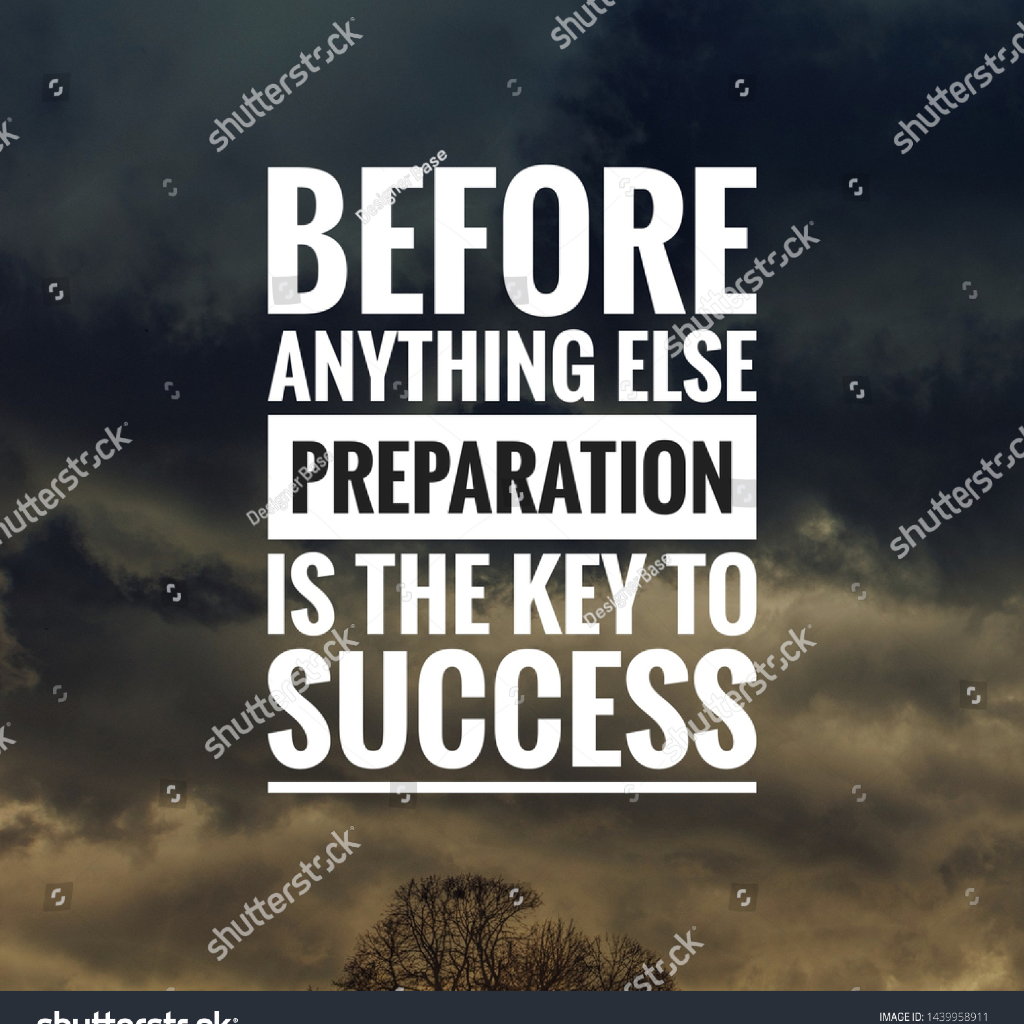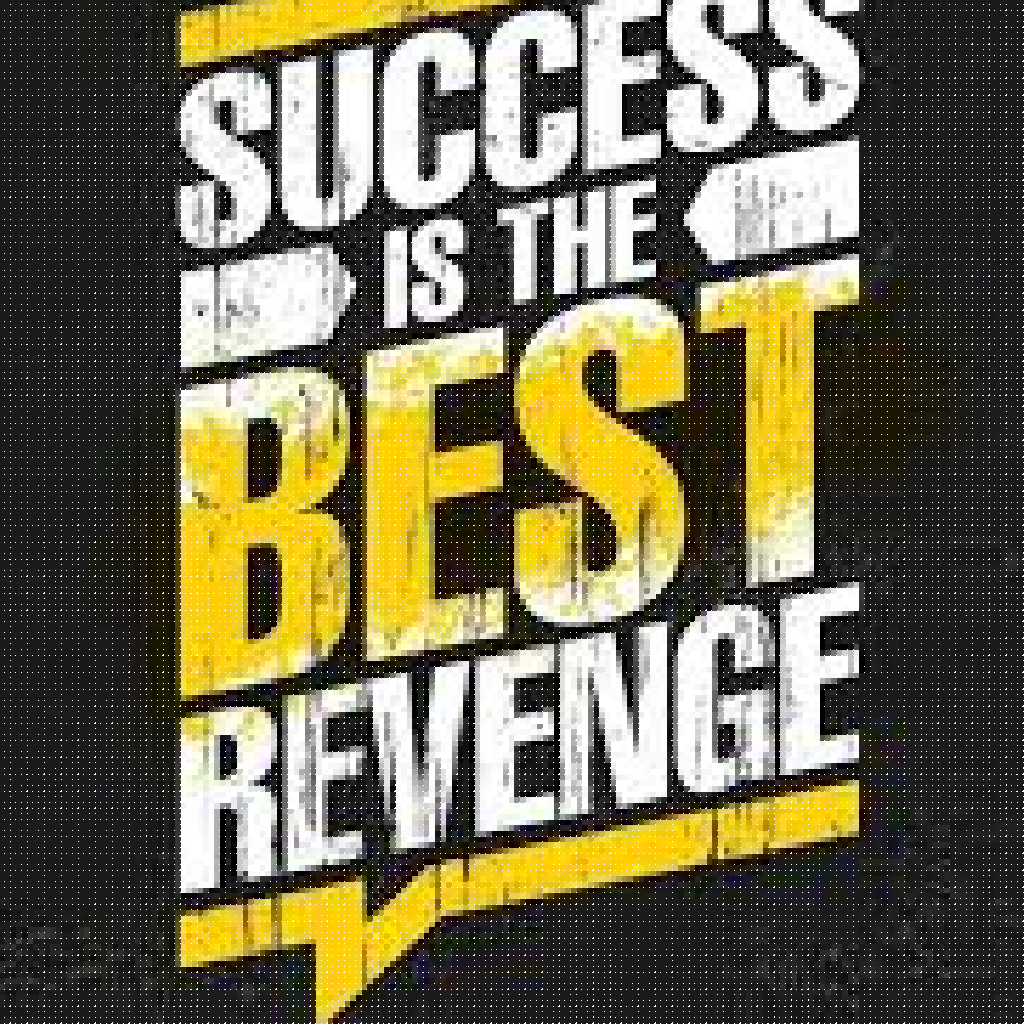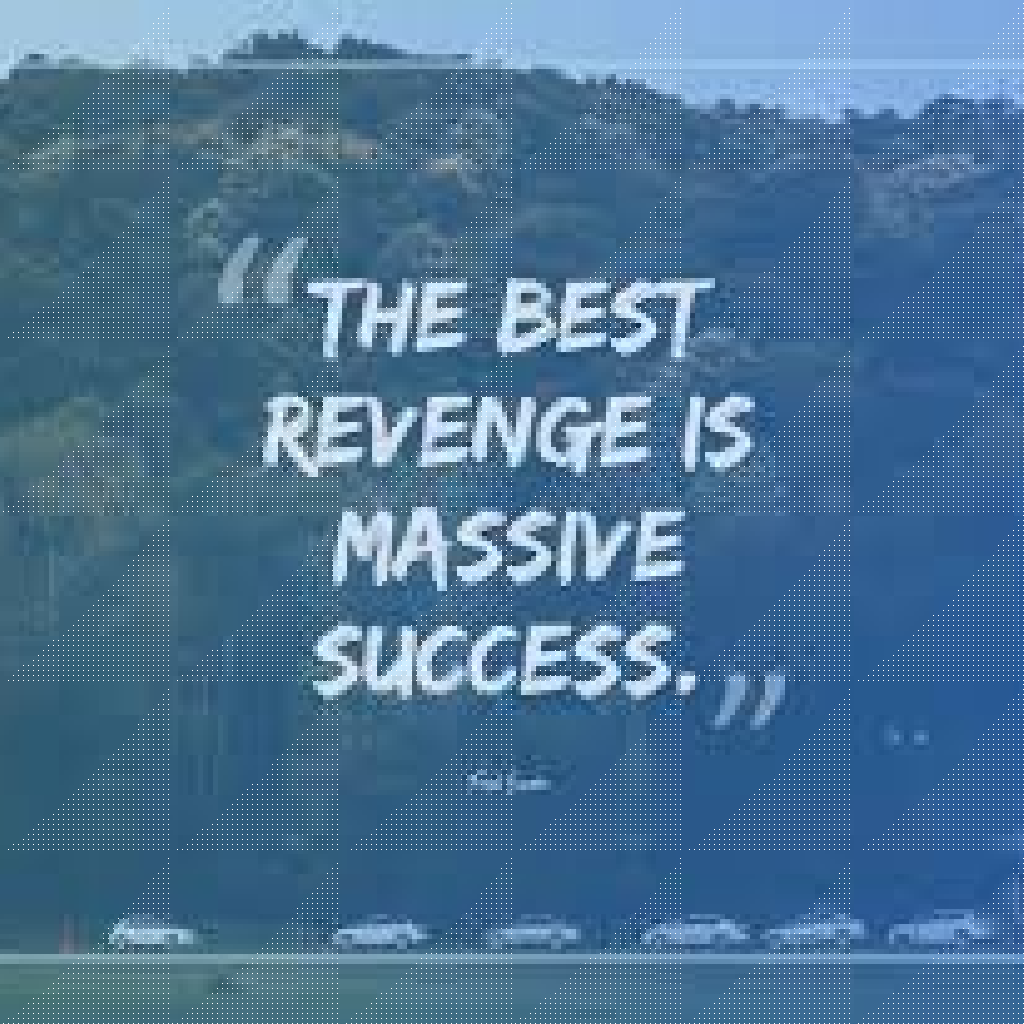Some companies have an army of loyal followers. Many customers sing their praises and refer everyone they know to the company. Brand-loyal consumers often won’t even consider purchasing the same or similar offering from anywhere else.
So, how can you do the same with your business?
It starts with knowing what branding is and how it works.
 What is Branding and How Does it Work?
What is Branding and How Does it Work?
Branding is the process of forming emotions, memories, and relationships around your product(s) or service(s) in your customers’ brains. This is how your company makes itself known to the public.
A company’s branding strategy aims to build strong connections and beliefs that coerce your customers to take on your offering’s identity as their own. In this case, your customers use your brand to help define who they are as people.
There are many reasons why branding is important. These can include:
- Establishing your company within an industry
- Conveying your purpose to consumers
- Increasing company awareness
- Reminding existing customers about your products or services
One great example of branding is Harley Davidson. This motorcycle company has done an excellent job of building emotions, memories, and relationships with consumers that customers take on the “Harley rider” persona as their own.
Some of the ways they do this are by:
- Wearing leather motorcycle jackets and boots
- Donning bandanas with the Harley Davidson logo
- Having the Harley Davidson logo tattooed on their bodies
Sometimes, people confuse slogans, logos, or other identifying features of a company with branding. But these are not the same. Instead, these are examples of marketing. But when used together with branding, they can create your business’s brand identity.
How to Create Your Company’s Brand and Build a Loyal Following
 Brands are intangible, meaning you cannot physically touch or see them. This is one way that brands help create identities within the marketplace. A strong brand can provide significant value to your company and may give your business a competitive edge over your competition.
Brands are intangible, meaning you cannot physically touch or see them. This is one way that brands help create identities within the marketplace. A strong brand can provide significant value to your company and may give your business a competitive edge over your competition.
Your company’s brand could be one of its most valuable assets. Therefore, you must protect your brand. Many companies and organizations seek legal protection for their brands by trademarking them. Doing so can prevent others from using your offering(s) without first getting your permission.
When you are creating your brand, you should determine how you want people to view your company. Considering your mission statement, message, product, or slogan can help with this process.
Creating deep connections with your customers can take time and is not easy. But there are some strategies you can use, such as:
- Define your company’s identity
- Create a branded term for your employees and customers
- Establish a rewards program
- Disconnect from digital
- Personalize
- Don’t be afraid to revise
Define Your Company’s Identity
The first step in building a brand is knowing what you want your business to represent and its purpose. For instance, a company that produces makeup might want to be known as environmentally responsible and a valuable option for women to look beautiful.
After establishing your company’s identity, you can plan marketing strategies for your products or services. Again, build these techniques around the image that you want your company to project.
Create a Branded Term for Your Employees and Customers
One of the most powerful things you can do is create a “branded” term (or terms) to refer to all your employees and customers. After that, link this term back to the core idea of your brand. Then, you can promote this idea as customers joining your “tribe” or exclusive group. This can get them excited about being something bigger than themselves.
An example of this is the Green Bay Packers football team. The team’s home state of Wisconsin is known for its cheese. Therefore, fans of the Packers are known as “cheeseheads.” Many Green Bay Packers fans brave sub-zero temperatures with other members of their “tribe” to cheer their team on every week during football season.
Knowing your ideal target customer is one of the best ways to accomplish this. But unfortunately, most companies cannot be all things to all people. This is why honing in on your audience is essential when cultivating your brand identity.
You should consider several key factors, such as your target markets:
- Age
- Gender
- Culture
- Socio-economic status
- Geographic location
Establish a Rewards Program
Customers will often return to your company if you have a rewards program that encourages repeat business. Many rewards programs are available, such as building up points that customers may convert to dollars or discounts.
Giving people something unexpected is another way to get them back in your company’s door. Receiving a “gift” can spark deep emotions in people and allow them to identify with your brand more closely.
Disconnect from Digital
The Internet provides an easy and convenient way to stay connected with your customers. You can do this via email or social media. But digital communication is also easy for people to ignore. For example, recipients can quickly delete emails without even reading them.
When you only communicate digitally, it can also lack personal interaction, which is critical for forming deep relationships. This is what sparks emotions and memories, two of the more vital elements of branding.
Some ways you could personally interact with customers and prospects include:
- Calling them on the phone
- Hosting a live event
Personalize
Another essential element of branding is personalization. Dale Carnegie stated, “The sweetest sound in any language is one’s name.”
If you tailor your customers’ experiences around each individual, you can start building deep branding connections. There are many ways that your company can make customers feel like you are speaking directly to them, such as:
- Learning all of your customers’ names
- Finding out your customers’ interests
- Tailoring your messages and interactions around what is important to your customers
While this might seem complicated, there are ways to uncover this information. For instance, you could build knowledge-gathering steps into your company’s processes. One example is to provide a survey for your company’s website visitors to complete.
Don’t Be Afraid to Revise
You may have to revise your branding strategy more than once. For example, your brand might evolve as your business grows and you establish your company in a particular industry. For instance, a travel company may initially brand itself as an organization that helps people plan international vacations. However, as a trend in work-study programs abroad evolves, the business may tweak its branding to promote its services by helping people plan educational experiences worldwide.
Does Your Company Have a Valuable Brand?
Your brand can provide your company with a competitive edge. It can also augment your customer base and create credibility and trust. This, in turn, may lead to brand loyalty, which could bring about a more extensive bottom line.
Building a solid branding strategy takes time and effort. But if you complete all the proper steps, you can successfully build a valuable brand for your company that makes customers come back.
Brands that are true to their ideas and build emotional connections with their customers often enjoy a loyal following that refers their products or services to many others. If your company has not yet created a valuable brand, you could work with a branding expert to outline the path you should take.






